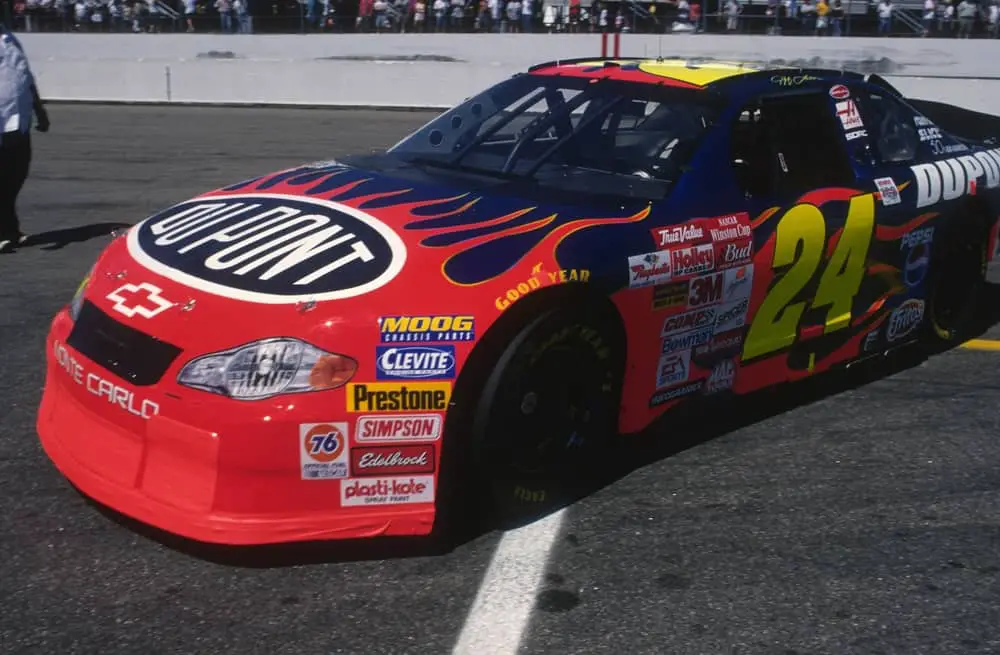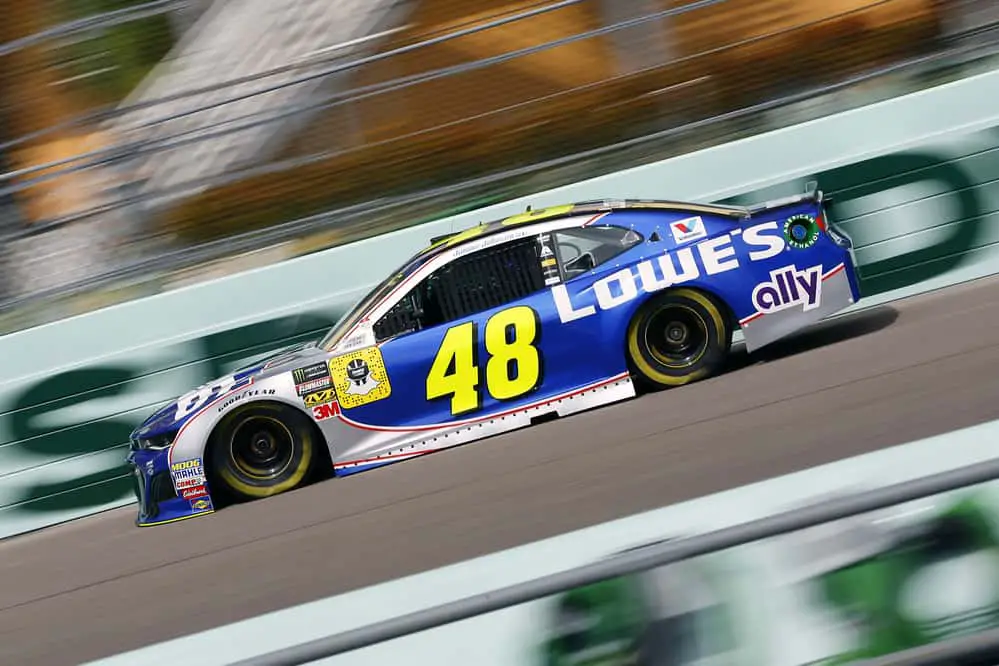During a NASCAR race, the goal is to hit the 600 or so miles of the race as quickly as possible. The best way to do this is by going forward. At a stock car racing event by the tracks on race day, most spectators never see the cars move in any direction but straight ahead, creating the rumor that NASCAR’s current engines don’t have a reverse gear.
It can be hard to imagine a car not having the ability to reverse, and when you think about all the tasks NASCAR vehicles have to complete, the idea seems even more impossible. But racing drivers are considered some of the best drivers in the world, so if anyone can maneuver turbocharged engines without an “R” on the gearbox, they can.
Let’s put this myth to rest once and for all with the information in the article below.
Key Points:
- NASCAR race cars have always had reverse gears, whether they were manual or automatic.
- Drivers use reverse gear to safely and easily maneuver their vehicles, such as when backing off a trailer or when they need to reposition.
- Reverse is also important in case of collisions or when there are obstacles on the track, as it allows drivers to back away from them.
Do Stock Cars Have Reverse?
All NASCAR race cars have had reverse gears from the old four-speed manual transmissions of the past to the 6-speed sequential gearbox with the automatic transmissions of today. Whether as a three-speed transmission with a reverse gear or the updated H-shaped four-speed transmission, drivers have needed to access the reverse gear to safely and easily maneuver the vehicles.
The main time that racers will go in reverse is if they are backing off of a trailer or maneuvering around off-track. It is also common for a racer to reverse if they drive past the pit crew and need to reposition. Some racers will engage the rear axle to celebrate a match win and swing around the grass on either side of the track going forward and backward to their heart’s content.
Without being able to reverse, it would be hard to drive the car outside of races, and the vehicles would need to be moved by tow truck or trailer only. This would greatly increase the time it takes to into configuration for tracks and other racing lineups. Having the gear reverse is also important when collisions or bumps happen on a track and to back away from obstacles.
Without the gear lever on the manual transmissions, racers would have to wait until all the obstructions are clear before continuing the race.
NASCAR Components
There are many components drivers will encounter on any NASCAR vehicle they approach. These similarities are governed by a guideline that tries to keep the races dependent on driving ability and not the best machine. Race car manufacturers are so keyed into winning on race weekends that each model of car for race teams is built for specific tracks. A racecar driver will experience significant variations in cars of the same type but driven on different courses.
The speed on the track, track surface, and whether it is a non-plate track or one that requires restrictor plates to race all impact which model will be used. Each race car building company, Ford, GM, and Toyota, makes engines for their respective models that can perform on any course it is purpose-built for. Rev-matching and other post-race inspections are ways officials determine all regular transmissions are in compliance.
| Component | Reason |
| Steel Tube Frame | Strongest, lightest alloy available for cars |
| Engine Design Based on 350 Counterpart | Holds consistent with the tradition of stock car racing |
| Tires Inflated with Nitrogen | Lighter than air and holds up to driving pressures much better |
| The engine only Runs for 1000 miles | Allows teams to rebuild and improve engine designs after almost every race |
| Fiberglass bodies with no doors | Lightest material that produces drag and creates amazing aerodynamic properties |
| Powered by Gasoline | Runs best in combustion engines designed to operate like street cars just with much more power, leaded was used until 2000 then unleaded was the standard for safety reasons |
What Speed Can NASCAR Vehicles Reach Backwards?
Reverse is a great relief for drivers who otherwise would need to accomplish hundreds of j, and 3-point turns just to line up on the track. Although the seventh-generation vehicles have automatic transmissions for shifting up to higher gears, shifting from 1st gear to reverse still uses a manual gearbox. This arrangement has led some zealous racers to finish the last section of a race in reverse when a crash makes forward driving impossible.
A NASCAR vehicle can reach speeds between 30 and 50 MPH, which is more than fast enough to get some speed and reposition easily on a track. A race that burns as a pit stall can quickly reverse to the correct location. Getting vehicles to the back of positions on tracks can also be accomplished in reverse.
But these speeds are hard to control for actually racing and much slower due to the difficulty of steering and looking behind with any accuracy. All drivers that have attempted backward racing have not gained much other than recognition as most other drivers going the right way pass easily. However ineffective it is, drivers love the fact that they have the option and would sorely miss not having a transmission with reverse.
Do Any Race Cars Lack a Reverse Gear?
Since the early years of NASCAR, stock vehicles have had a reverse gear. The number of gears and the way the gears shift up has changed, but the ability to drive the cars backward has always been available. Since NASCAR vehicles are based on stock cars and originated out of prohibition, drivers who modified cars with reverse would still have a reverse gear.
There is little reason to not include reverse gear in a car as it seems to have no correlation with the speed of upshifting or power of the transmission. Without a gearbox with reverse driving, any racing vehicle would be a down-right headache.



